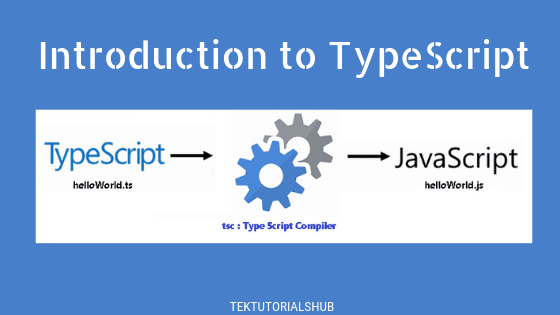In this article, we will show you the difference between BigInt and number data types. And also when to use the BigInt data type
Table of Contents
BigInt Vs Number
BigInt is an integer, number is a decimal
You cannot store 100.20 in a BigInt, because it is an integer and not decimal.
1 2 3 4 5 6 7 8 9 10 | //bigInt var BigNum1=100n; //ok var BigNum2=100.20n; /error //number var Num1=100; //ok var Num2=100.20; /ok |
They are implemented differently
bigInt is stored as arbitrary-precision integers and the number as double-precision 64-bit number.
BigInt can handle large numbers
The number can handle numbers up to 9007199254740991 ( Number.MAX_SAFE_INTEGER). It is a limitation imposed due to the double precison 64 bit number
The BigInt can handle numbers larger than that. BigInt is limited by the available memory of the host system.
BigInt cannot be mixed with numbers
bigint can not be mixed with operations where numbers are involved as shown below.
1 2 3 4 5 6 7 8 9 | let numVar=100; let bigVar= 100n; console.log(numVar+bigVar); *** Error ***** Operator '+' cannot be applied to types 'number' and 'bigint'.ts(2365) |
Coercing BigInt to number may lose precision
bigInt are converted to a number by using the Number function
1 2 3 4 5 6 | let numVar=100; let bigVar= 100n; console.log(numVar+ Number(bigVar)); //100 |
You can compare bigInt with a number
You can compare a bigInt with a number.
1 2 3 4 5 6 | console.log(1n < 2) //true console.log(2n > 1) //true console.log(2n > 2) //false console.log(2n >= 2) //true |
BigInt is slow
The arithmetic operations involving BigInt are slower compared to the Floating Point arithmetic of a primitive number.
The floating-point arithmetic is implemented in hardware, Hence it is faster. The Arbitrary-precision arithmetic is entirely implemented in software hence slower.
When to use BigInt
- The bigInt is the only option if you need to support numbers larger than Number.MAX_SAFE_INTEGER
- The precision of calculations are more important than the speed
Summary
In this article, we learned the difference between BigInt and number data type in Typescript.
References
Read More



“BigInt is an integer number is a decimal” probably meant to say “BigInt is an integer number, not a decimal”
Ooops, maybe a comma
“BigInt is an integer, number is a decimal”
Thank you, guys.